 |
Under the theme of "Searching the Traces:
Study of Short-lived Film Formats", the Symposium offered
a wide range of papers as well as presentations on the many short-lived
formats for film and other visual medium prior to the establishment
of 35mm film as the norm of the industry. At the same time, the presentations
stressed the need for the preservation and restoration of not only
such short-lived film formats of the past, but also of its projection
equipment as well. |
|---|
| EUROPE
|
The
Archaeology of Formats Donata
Pesenti Campagnoni (Museo Nazionale del Cinema/Fondazione Maria Adriana
Prolo, Torino) |
Short-Lived
Film Formats in the French Film Archives/CNC Eric
Le Roy (Archives Francaises du Film/CNC, Bois d'Arcy) |
Pre-Cinema
Artifacts: How We Should Preserve Them Laurent
Mannoni (Cinematheque Francaise, Paris) |
|
ASIA
|
Hand Colour Sound Films in Hong Kong
Hung Yuen (Hong Kong Film Archive, Hong Kong) |
|
JAPAN
|
Preservation of Narrow Gauge Films in
Japan: A Case Study of 8mm Films Yoshiyuki Yahiro (The Fukuoka City Public Library Film Archive, Fukuoka) |
Paper Film: History and Preservation
Fumiaki Itakura (National Film Center, Tokyo), Natsuki
Matsumoto (Film Collector/Historian, Osaka) |
The History of Toy Film in Japan and
the Challenges of Its Preservation Yoneo
Ota (Osaka Univeristy of Arts, Osaka) |
Baby Talkie and Its Era Machiko
Kusahara (Waseda University, Tokyo |

|
|---|
 |
 |
|---|
| Panorama plate for a toy magic lantern. La Pierre, Paris, 1880 | Panorama magic lantern plate. Italy. Latter half of the 18th Century. |
|---|
 |
 |
|---|
| Magic lantern plates. "Dissolving Views". E.G. Wood, London 1880 | Praxinoscope theater film. E. Reynaud. Paris, 1879 |
|---|
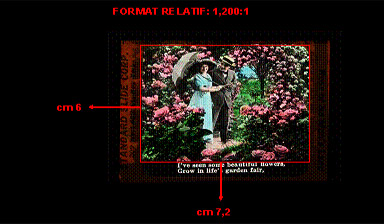 |
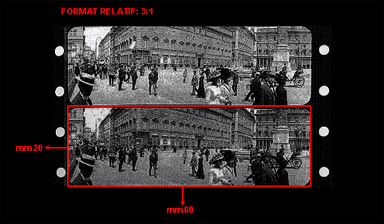 |
|---|
Magic latern plate. Eastman Kodak. U.S.A. 1898 |
Panorama format (70mm) Filoteo Alberini. 1911 |
|---|
Photographs:
Courtesy of Donata Pesenti Campagnoni. (Museo Nazionale
del Cinema/Fondazione Maria Adriana Prolo, Torino) |
|---|

|
|---|
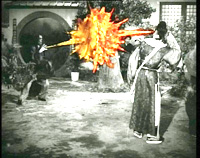 |
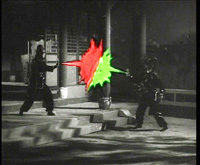 |
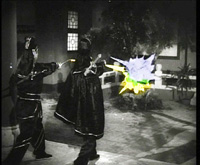 |
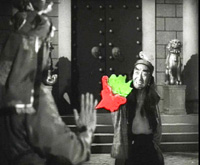 |
|---|
Photographs:
Courtesy of Hung Yuen, Hong Kong Film Archive |
|---|

|
|---|
 |
 |
 |
 |
 |
 |
|---|
Photographs: Courtesy of Eric Le Roy, Archives Francaises
du Film/ CNC, Bois d'Arcy
|
|---|

|
|---|
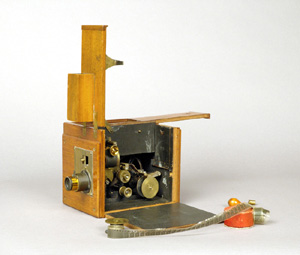 |
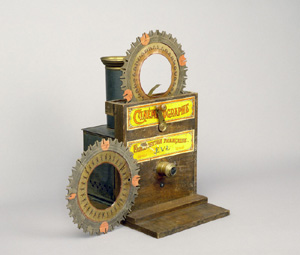 |
Projection equipment for short-lived
film formats: Biltac (left) and La Pierre Cinematographe (right) Photographs: Courtesy of Laurent Mannoni, Cinematheque Francaise |

|
|---|
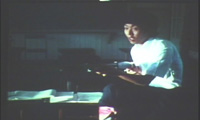 |
 |
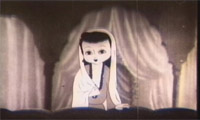 |
|---|
Among the collection of
8mm film at the Fukuoka City Public Library Film Archive are, "High
School Panic" (left), "Little Cub Bear" (middle) and
the restored "Princess of Baghdad" (right) |
|---|

|
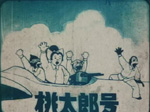 |
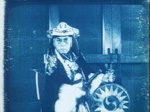 |
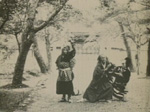 |
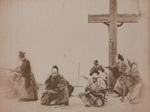 |
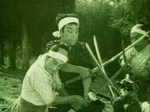 |
|---|---|---|---|---|
| 「Momotaro of the Skies」 | 「Chushingura (47 Ronin)」 | 「Attack in the Dark」 | 「Blood-stained Cross」 | 「Nakayama Yasubei」 |
(Photographs: Courtesy of Professor Yoneo Ota, Osaka
University of Arts, Osaka)
|
|---|

|
 |
 |
|---|
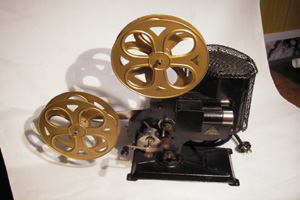 |
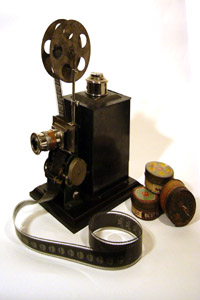 |
|---|
Photographs: Courtesy of
Natsuki Matsumoto, Taiji Kozaki from the presentation, "The
Oldest Japanese Animated Film and Toy Motion Pictures". |
|---|

|
 |
 |
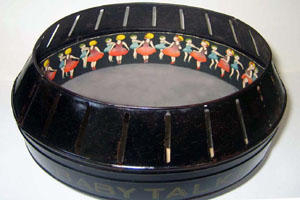 |
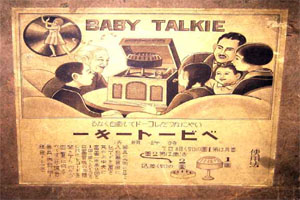 |
|
Photofgraphs: Coutesy of Machiko Kusahara, Waseda University |